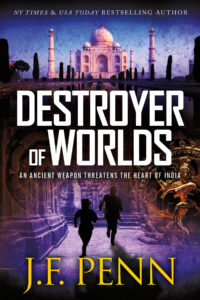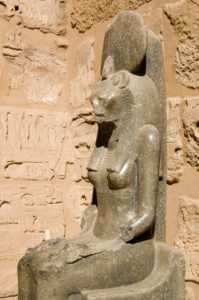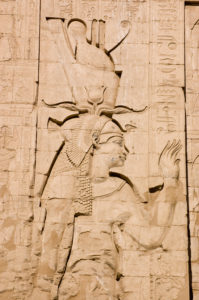In May 2024, I was interviewed for the Ancient Heroes Podcast. You can listen below or on Spotify, Apple, or your favourite podcast app.
In this episode of Ancient Heroes, host Patrick Garvey welcomes award-winning author JF Penn. Known for her thrillers, dark fantasy, crime, horror, and travel memoir, Penn introduces her upcoming novel, Spear of Destiny.
The discussion covers Penn’s background in theology, influences from authors like Clive Cussler and Dan Brown, and her journey from a corporate job to becoming a full-time writer. Penn delves into the research and travel that fuel her novels, sharing insights on the historical and modern elements she incorporates into her stories.
They also discuss the role of Kickstarter in publishing, allowing for special editions and closer reader interaction. The episode is an insightful exploration of combining history, mythology, and thriller writing.
- How Jo got into writing thrillers and some of her inspirations
- The inspiration behind Spear of Destiny
- Book research and travel for writing
- The importance of series in a writing career
- Incorporating modern archaeology

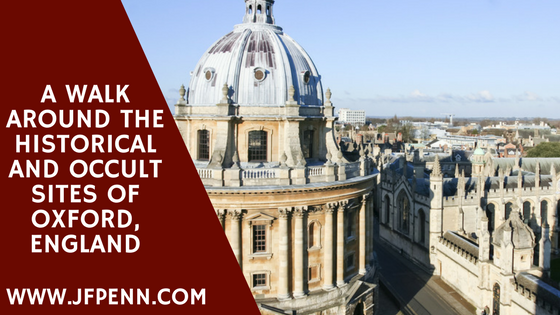 I first dreamed of Oxford after reading Thomas Hardy's
I first dreamed of Oxford after reading Thomas Hardy's 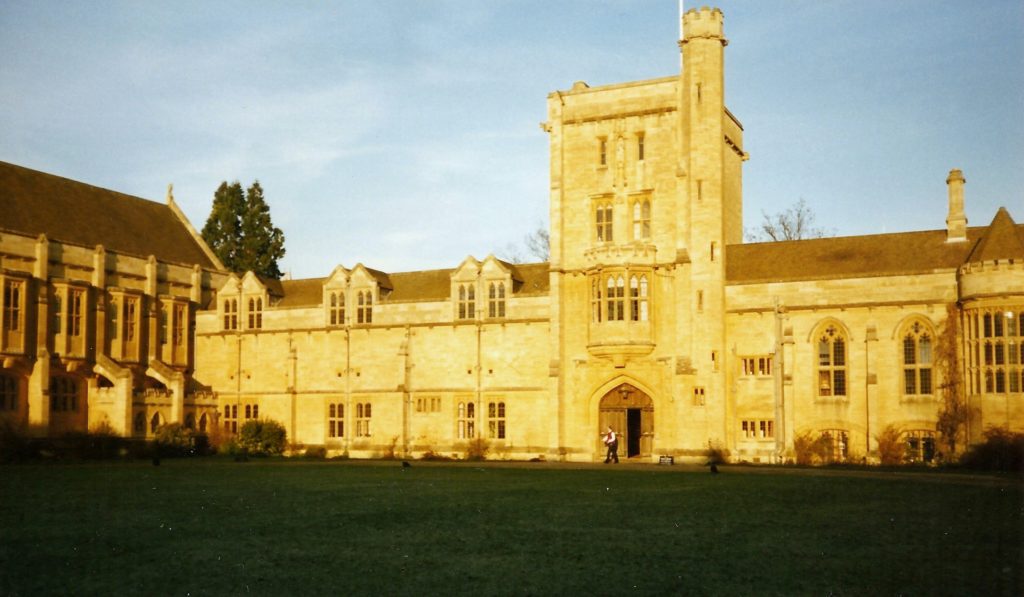
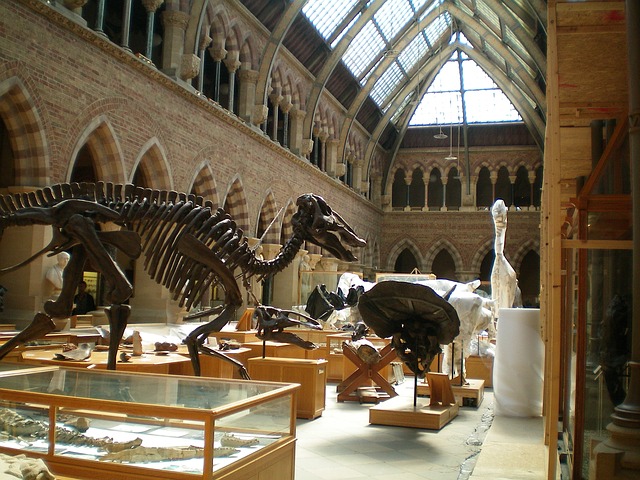
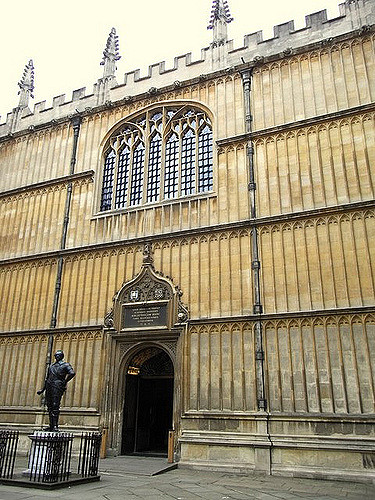


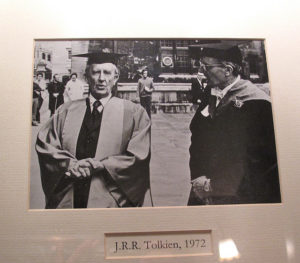
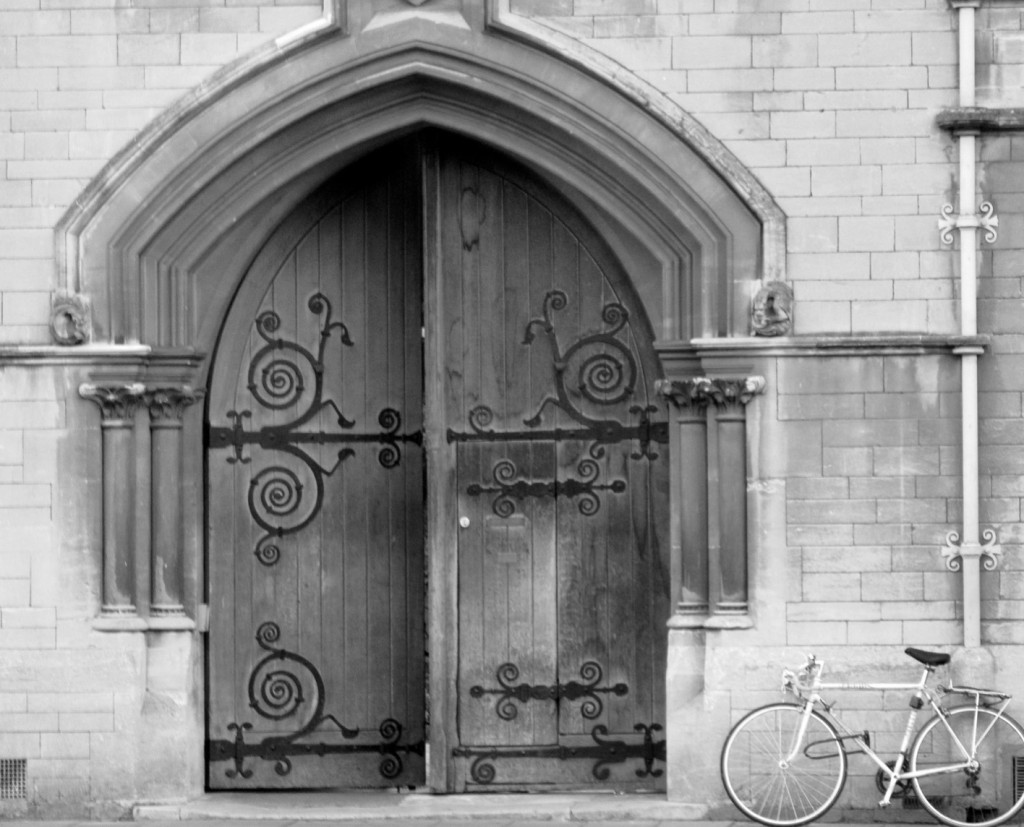
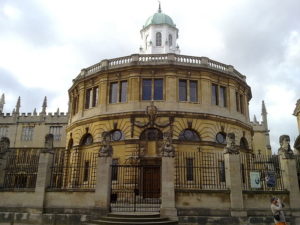
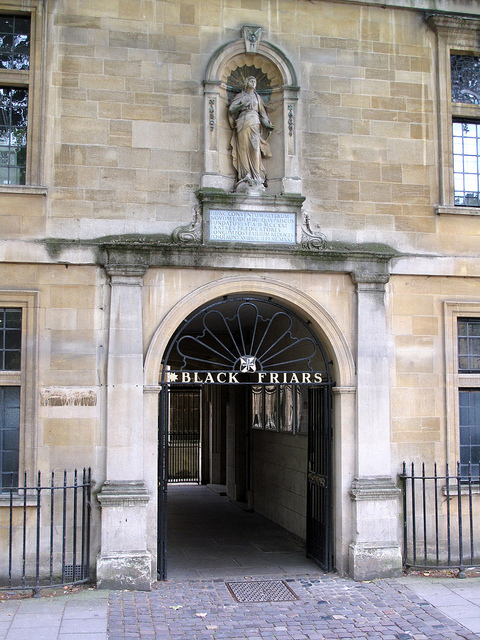


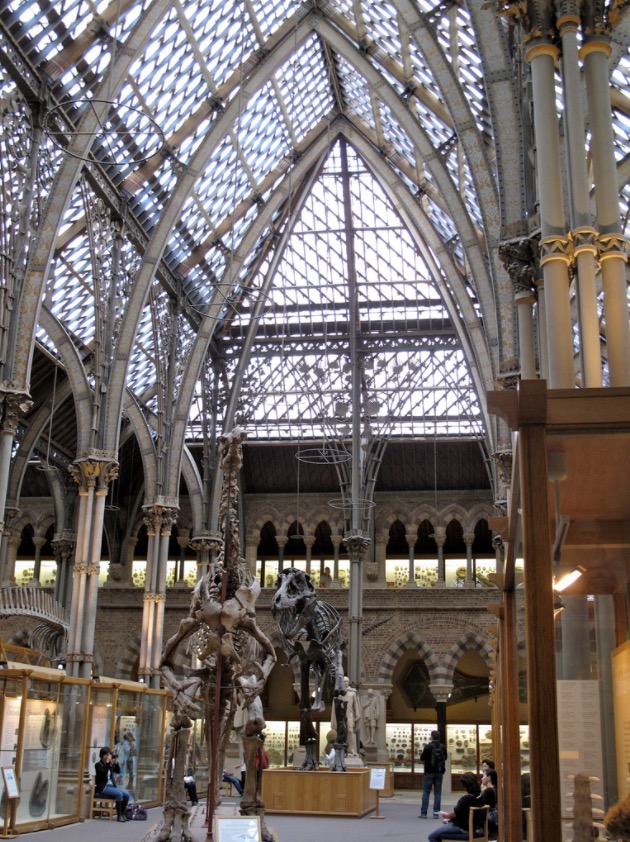

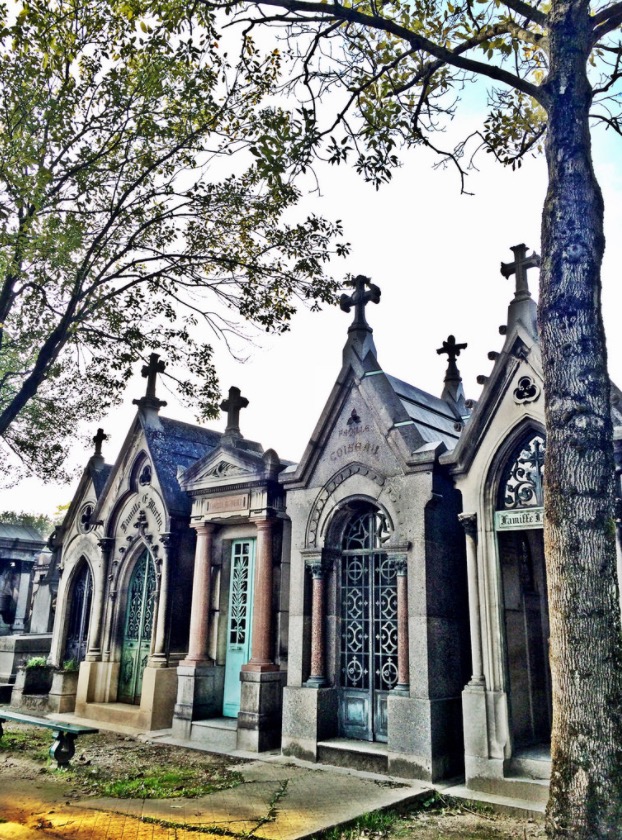
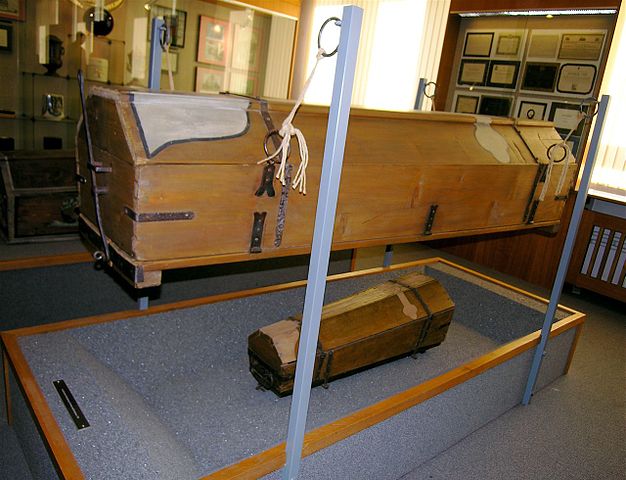

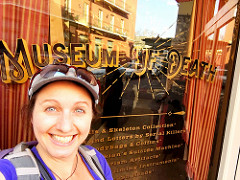
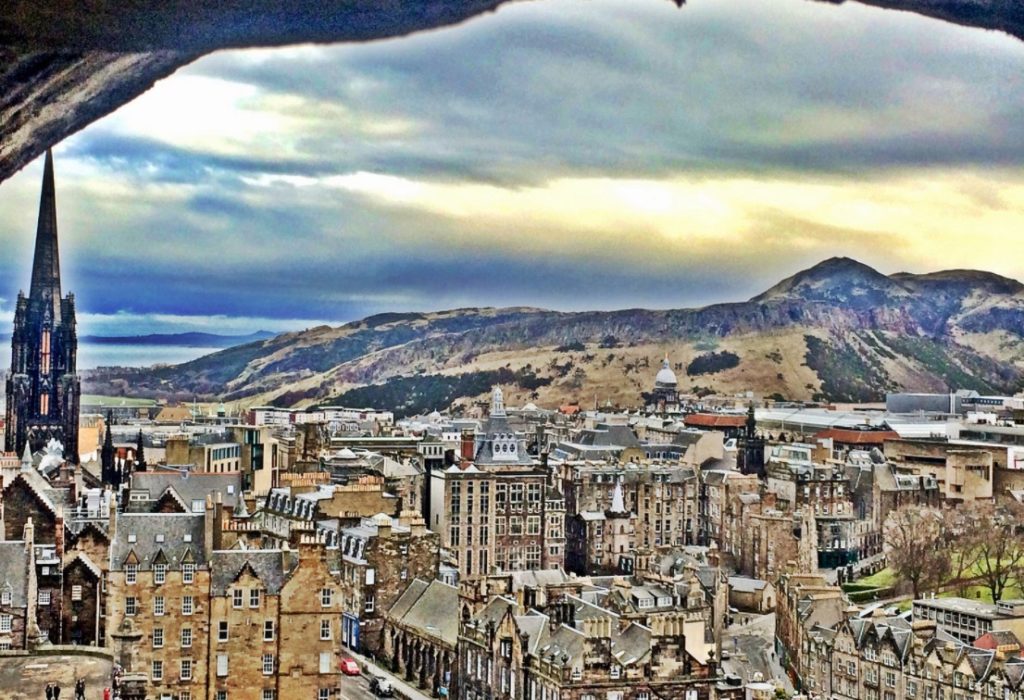
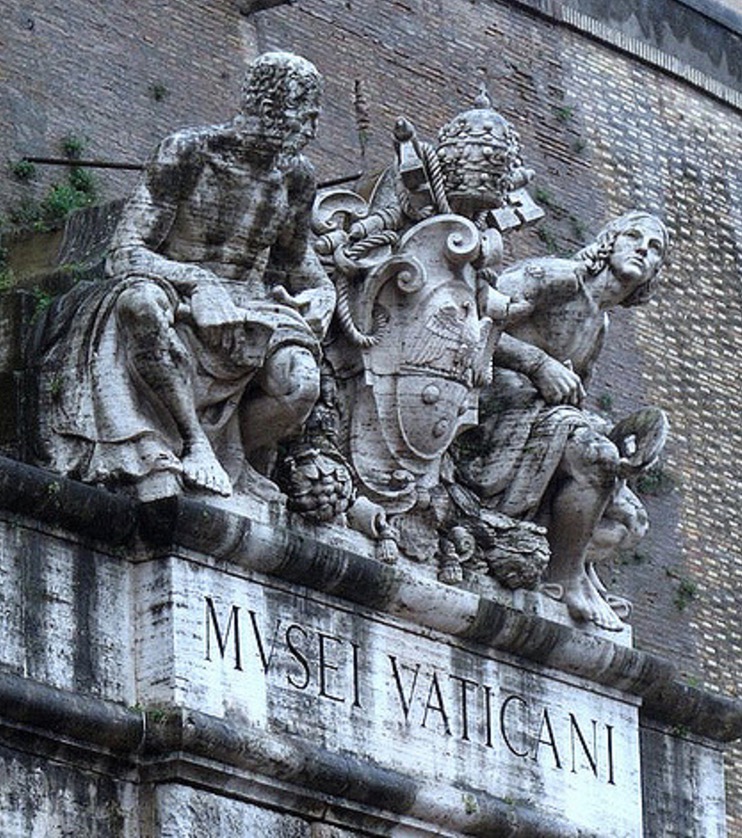 In the Catholic faith, souls pass through Purgatory on their way to heaven. You pay for your sins in Purgatory. The soul made its way through Purgatory faster if more of the living said prayers to speed them along. In earlier centuries, people handed out ‘soul cakes’ to the poor at Halloween, in exchange for the poor saying prayers for their relatives.
In the Catholic faith, souls pass through Purgatory on their way to heaven. You pay for your sins in Purgatory. The soul made its way through Purgatory faster if more of the living said prayers to speed them along. In earlier centuries, people handed out ‘soul cakes’ to the poor at Halloween, in exchange for the poor saying prayers for their relatives. The destruction of the ancient library of Alexandria still prompts a sob from book lovers today. Losing so much knowledge and wisdom certainly pains scholars. But books aren’t just important to academics.
The destruction of the ancient library of Alexandria still prompts a sob from book lovers today. Losing so much knowledge and wisdom certainly pains scholars. But books aren’t just important to academics.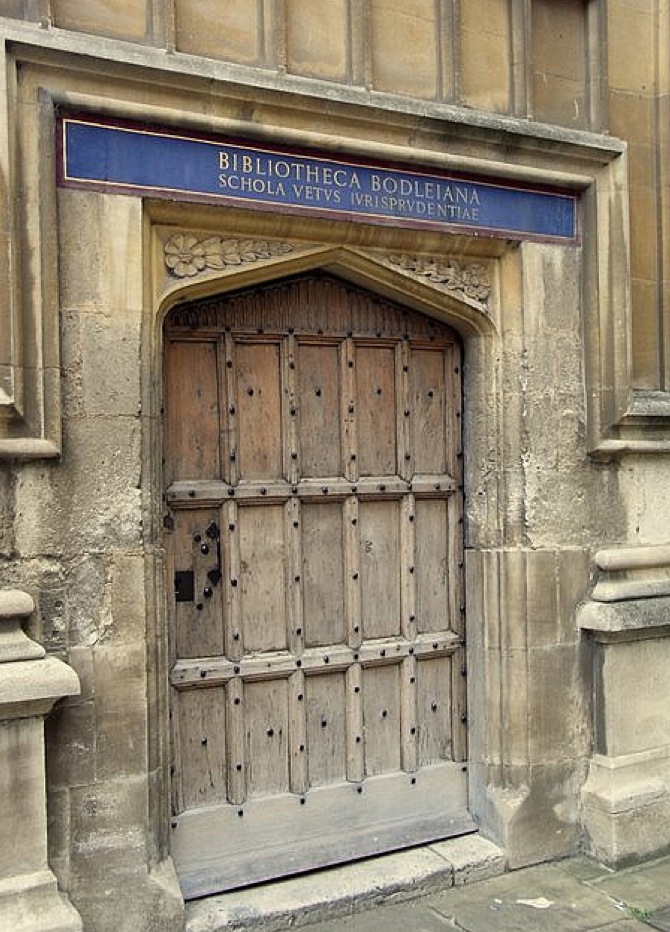
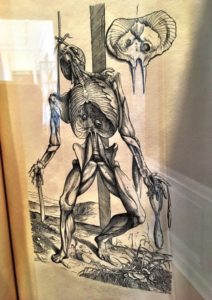



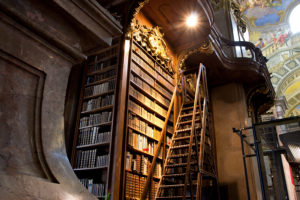 Best of all, it's open to the public during the day. So if you’re a person who still distrusts the Kindle, you’ll be right at home at the Book Club.
Best of all, it's open to the public during the day. So if you’re a person who still distrusts the Kindle, you’ll be right at home at the Book Club. 8) The Bookbike of Pima County, USA
8) The Bookbike of Pima County, USA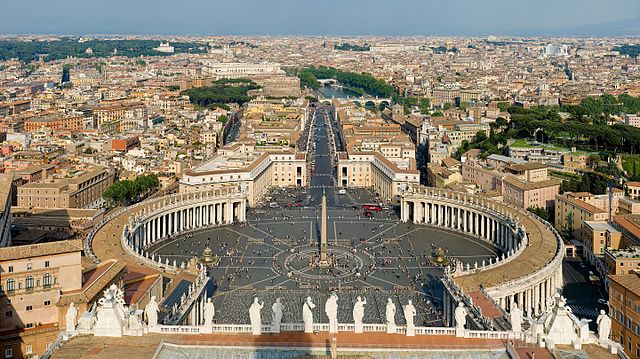

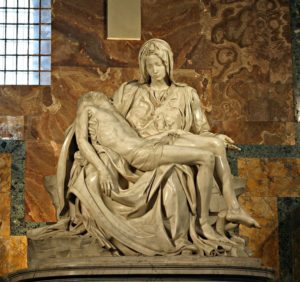


 You can't discuss conspiracy theories about art and not mention the Mona Lisa. She's been the subject of intense scrutiny for many years. The common belief is that the woman is Lisa Gherardini, the wife of a Florence merchant. Others believe she was his mother.
You can't discuss conspiracy theories about art and not mention the Mona Lisa. She's been the subject of intense scrutiny for many years. The common belief is that the woman is Lisa Gherardini, the wife of a Florence merchant. Others believe she was his mother.

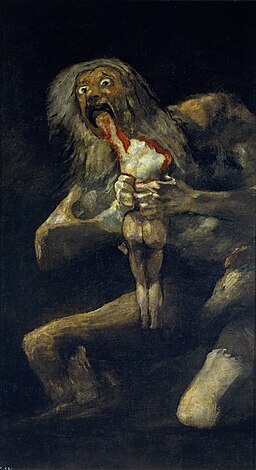


 Female power was also venerated in ancient times, as portrayed by these kickass goddesses from around the world.
Female power was also venerated in ancient times, as portrayed by these kickass goddesses from around the world.